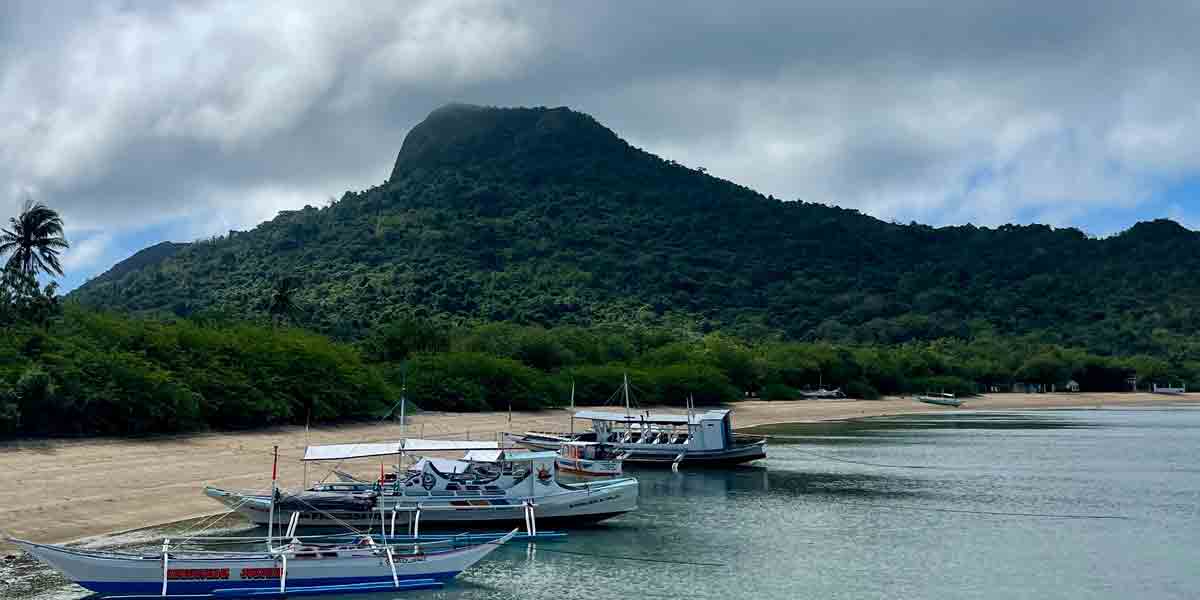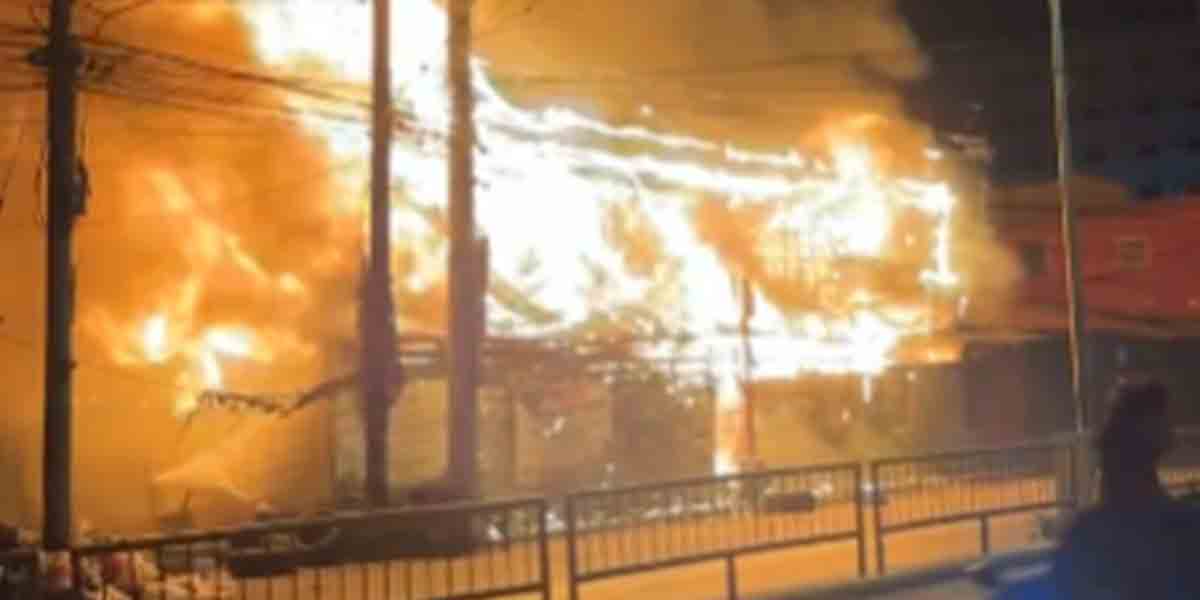 By: Edgar Mana-ay
By: Edgar Mana-ay
AS HEADLINED worldwide last January 25, 2019, the mine dam of Vale Mining in the town of Brumadinho, Brazil breached, resulting in 60 deaths with 292 people still missing as of this writing. The collapsed dam at Corrego De Feijao IRON MINES was jointly owned by Valle Mining and BHP Group Ltd. of Australia, the biggest and largest mining conglomerate in the world.
Treacherous sea of reddish brown mud as high as 24 ft. engulfed entire barrios, homes, and cars along its path up to 2 kilometers. Some 300 Vale workers were on site when the dam burst and so far only 100 have been accounted for. According to Vale website, the mud flow is mostly composed of clay and sand and is NOT toxic. However, a United Nations report found that the waste from a similar disaster in 2015 contained high levels of toxic heavy metals.
The UN was referring to the collapse of the tailings dam also jointly owned by Vale and BHP Australia on November 5, 2015 less than a hundred kilometers away from the scene of the present disaster. It happened at their Samarco Iron Mine site in the Municipality of Mariana also in Minas Gerias state that destroyed an entire town, contaminated waterways, and resulted in 19 deaths.
The purpose of this writer in highlighting the latest DAM failure in a MINE is to contrast it with the proposed and approved Jalaur River Multipurpose Project (JRMP II) DAM and allay fears of the public following the news on the dam failure in Brazil.
The JRMP II DAM will have a reservoir or a holding pond cut out from a mountain with a diameter of up to 2 kilometers and depth up to 400 meters. Its retaining wall is the surrounding mountain itself so there is NO possibility that the reservoir will burst or breached. The dam itself from where the water from the reservoir passes is a massive concrete structure firmly anchored on solid foundation so the possibility that the concrete dam will break or topple down is almost zero.
The dichotomy of JRMP II dam and that of the mine dam in Brazil is contradictory and different. In a multipurpose dam, rain and river water are temporarily impounded in a big reservoir to prevent destructive river flooding and then release gradually through the dam for irrigating 32,000 hectares of rice land downstream and to supply potable water for Metro Iloilo. If there is a reasonable hydraulic head, a minimal electric power is generated (they claimed about 12 mega watt) by installing a water turbine coupled to a generator for the JRMP II.
A mine dam is a series of small water reservoir maintained by a big mine purely for the storage of dirty and toxic mine tailings. As a backgrounder, Brazil is the biggest supplier of iron ore (the material for manufacture of iron and steel) in the world thru its giant mining company, Vale Mining. Raw iron ore mostly mined in Brazil by open pit contains a lot of impurities such as rocks, sand and clay called gangue. Ore dressing is required to remove the gangue from the raw iron ore to increase its concentration before exporting it to China and Japan for processing into iron and steel.
After grinding the raw ore to specified size, it has to be washed by clean water sometimes laced with chemicals to remove the gangue. Thousands of cubic meters of rinsing water will be required (I havent seen the mine but maybe about 2,000 cubic meters per day) and the resulting effluent is called mine tailings, a very dirty and muddy water most often laced with toxic chemicals called reagents used in the flotation process.
This waste water cannot just be directly drained towards canals or rivers. It has to be stored in a series of dams or make shift reservoir to allow settling of mud and other impurities before re-cycling the water for use in the process or discharging it to a river if it passes environmental standards. The retaining wall of these tailing reservoirs is made of earth dike just like our rice paddies to hold the mine tailings. Somehow, sometimes and this often happen a portion of the earthen dike is breached or burst and this is how the accident happened.
Vale Chairman of the Board claims that all of Vales tailing dams were checked after the 2015 disaster and a German firm that specializes on this type of inspection work conducted periodic reviews.
This writer had brief dealings with Vale Mining on the hydrogeology aspects of their gold exploration work for the Sara, San Dionisio, and Concepcion area. In fairness to them I found the company to be very environmentally protective, the reason why they hired me to explain to the local people that their gold exploration/drilling activities will not affect the water resources in the area.
But then accidents do happen and the company will have to answer for it. I have read that a court in Brazil have frozen $3 billion worth of Vale assets to answer for the accident.
Note: The author is the Hydro-geology Consultant of the Municipality of Pavia and a Professional Member of the Geological Society of America (GSA).
























